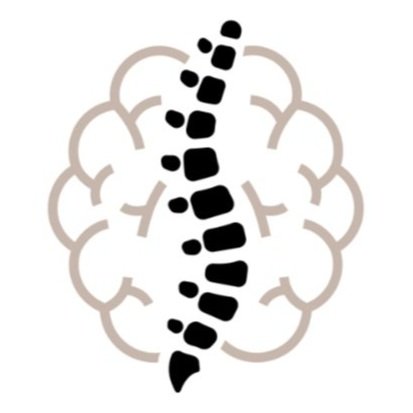Chronic Pain Management
We will explore a variety of pain management strategies in the free Pain Neuroscience Ebook/Workbook that we currently have in the works. Here are a few strategies you can start with. It can be helpful to begin by choosing one or two things to focus on at a time.
Sleep hygiene
Make a routine surrounding sleep. Wind down at the same time and do the same things every night before getting into bed. Try to wake up at the same time every morning.
Exercise during the day, this will help you feel tired and ready to sleep at night.
Eating well
Prioritize unprocessed foods such as fruits, vegetables, legumes, unprocessed meat, dairy, and whole grains like rice, oats, and whole wheat.
Eat processed foods and foods high in sugar and fat in moderation to keep energy and blood sugar levels consistent. Big spikes and drops often have a negative impact on pain experience.
Work with a team
Find healthcare providers and professionals that you trust and who are willing to collaborate with each other to treat and support you in the best way possible. With most of our migraine patients, we work closely with Dr. Vertrees at Vertrees Headache Center.
Your team may include a physical therapist, a neurologist, a counselor, a personal trainer, a massage therapist, a dentist, a chiropractor, and more. Successful pain management usually requires a team effort.
Movement
Exercise is one of the best treatments for chronic pain! Here are just some of the possible benefits:
Tissues heal faster and muscles and bones get stronger which helps prevent future injuries.
Nerves and joints are lubricated and the nervous system becomes less sensitive and sends fewer danger messages to the brain.
Physical therapy with us at Mind Body Physio is a safe and effective way to incorporate movement into your pain management strategy.
How will physical therapy with Mind Body Physiotherapy help?
Calming things down:
Since many of our patients have chronic pain, we take into account where they and their nervous systems are when they begin treatment. For many, their nervous systems have become hyper-sensitive and their danger thresholds have been lowered. First, we focus on breathing techniques, manual, and movement-based therapy to calm the nervous system and decrease pain levels.
Finding the root:
We will look for musculoskeletal imbalances that influence your pain and take a whole-body approach to this. For example, for migraine patients, we may start by evaluating the alignment and muscular tension in the head, jaw, neck, and upper spine. We may also evaluate and treat breathing mechanics, rib mobility, and even pelvic alignment in order to fully address the root causes of your pain.
Teaching you:
Education and knowledge are key to managing pain. Knowledge of how chronic pain works can help counteract many of the psychological factors that influence pain. Knowledge of how to create and implement a pain management strategy makes a huge difference in people’s pain experiences. Knowledge of how to perform physical therapy exercises that address musculoskeletal triggers can have a big impact on pain.
Schedule a free 15 minute phone consultation to learn more about how we can help:
We hope to give you exercises and tools that you can use on your own to manage your pain. Not only that, we also want to be able to support our patients by helping them make a plan to tackle their chronic pain. Our hope is that our ebook will help people do that.
Want to learn more about chronic pain? Want more guidance on how to create a pain management plan?
Sign up below so that you can receive our free Pain Neuroscience Ebook as soon as it is available!
Sources:
Louw, A and Puentedura, E. In: Orthopedic Physical Therapy Products, ed. Therapeutic Neuroscience Education: Teaching Patients About Pain: A Guide for Clinicians. International Spine and Pain Institute (USA); 2013:1-63.
Groote, S- Pain Management Programme, Cape Town, South Africa. Pain Education Empowerment Programme: Understanding Pain is the Golden Key. 2020

